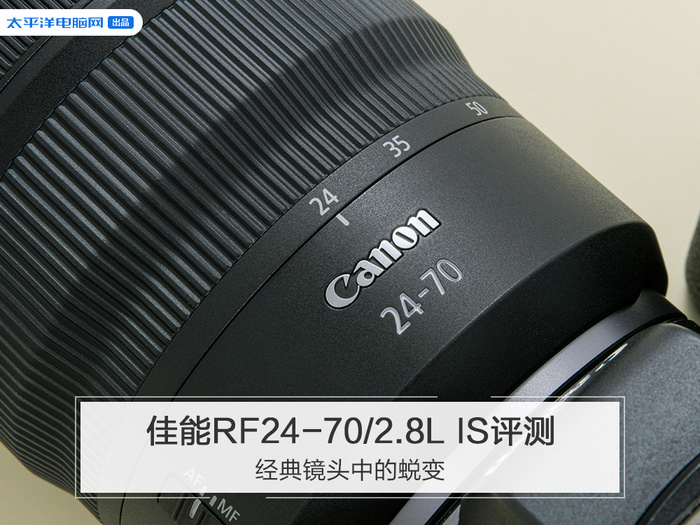
Canon”s L-class red circle lens has always been well received, especially the RF24-70mm F2.8 L IS USM, which adds a IS image stabilizer for the first time, which is the masterpiece of the new era “Big Sanyuan”. After getting the lens, I was amazed at its volume and weight. It can be said that the RF card injected fresh blood into the “Big three”, ensuring the overall picture high definition quality, F2.8 large aperture and IS image stabilizer, while maintaining the volume within a reasonable range.
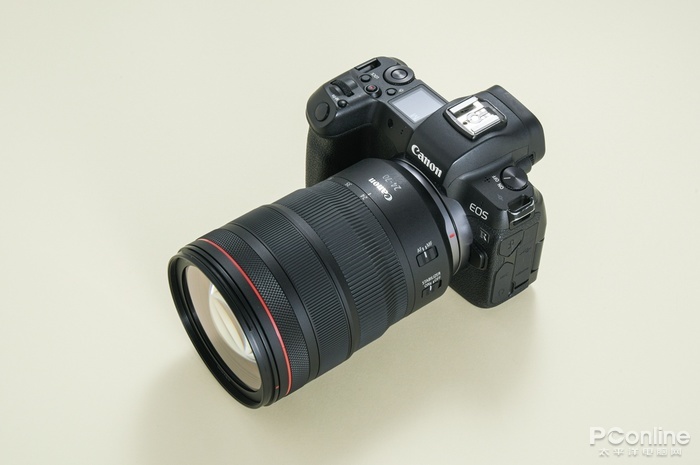
Canon RF24-70mm F2.8 L IS USM with EOS R has a high overall balance and no top-heavy feeling. The design of the mirror body inherits the consistent style of RF card L-level lens, marked with the words Canon and 24Mel 70, concise and stylish, without losing demeanor.
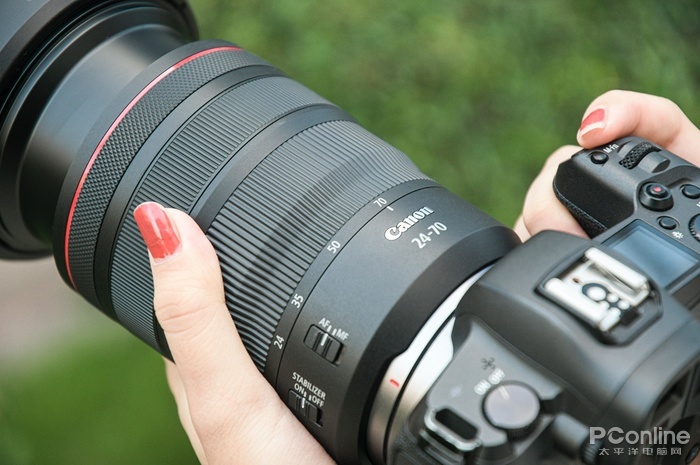
The zoom ring uses a wide rubber ring with moderate handle and damping feeling, and the focal length scales of 24, 35, 50 and 70mm are all commonly used classical values. The focal lengths from wide-angle 24mm to mid-telephoto 70mm can be used in landscape, night scene, street shooting, food, portrait photography and other fields, one lens can deal with a variety of scenes.
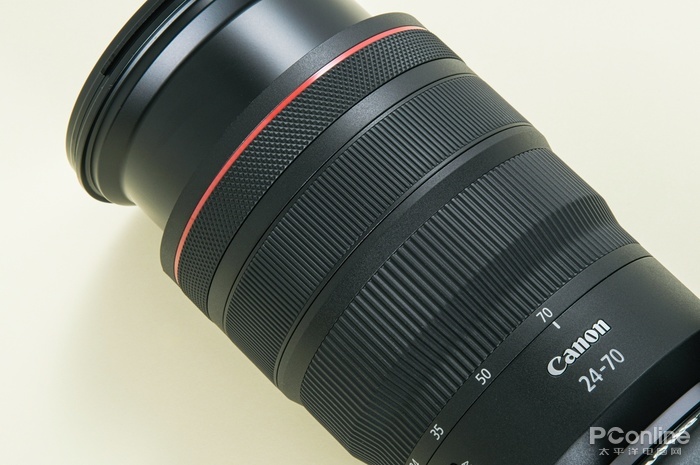
As a major feature of RF bayonet lens, the custom control ring can assign the functions such as aperture, shutter speed, ISO sensitivity and exposure compensation, which were originally adjusted on the camera, to the lens control ring, together with the front and rear dial wheel, to facilitate blind operation when using the electronic viewfinder, which greatly improves the convenience of operation. At the same time, the focus ring is also designed electronically, and the rotation direction, rotation speed or linkage with the rotation amount of the focus ring can be customized to meet the usage habits of different people. A large number of custom features have opened a new chapter in the convenience and operation of Canon’s imaging system.
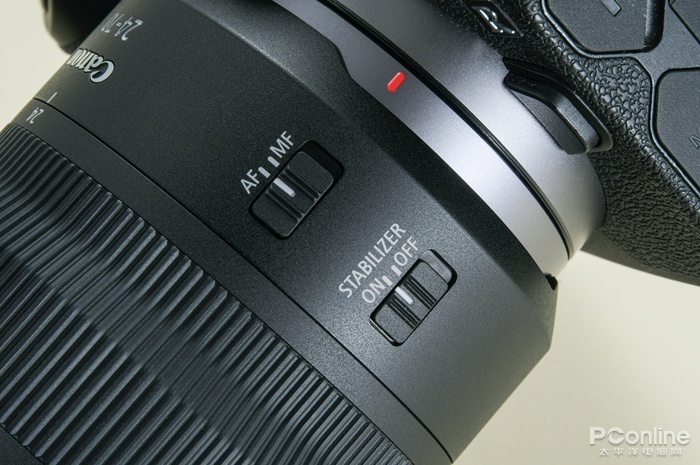
Canon RF24-70mm F2.8 L IS USM uses NANO USM ultrasonic motor, coupled with full-pixel dual-core CMOS AF technology on the EOS R series, to achieve a quiet, high-speed, high-precision focusing experience, as well as smooth autofocus when shooting video. Another highlight is that it is equipped with a IS image stabilizer, which has a maximum hand jitter compensation of about 5 levels, while maintaining high image quality and about the same size, and weighing about 900g is lighter than the EF version.
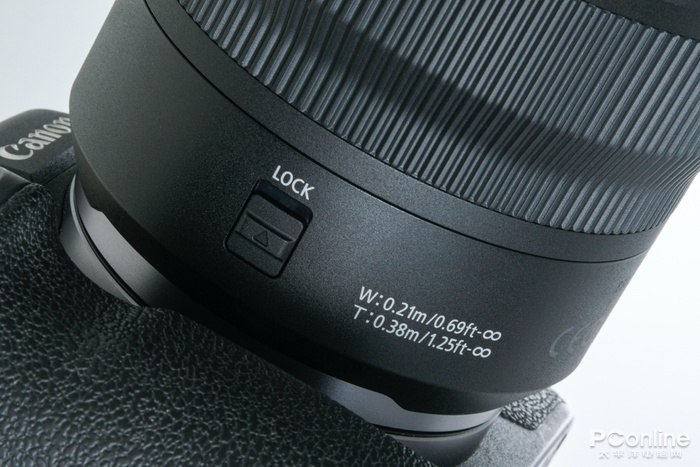
The side of the lens is equipped with a zoom lock to prevent the lens from suddenly protruding to damage the lens. Using the way of rear internal focusing, the nearest focusing distance of the wide-angle end is about 0.21 meters, and the far end is about 0.38 meters.
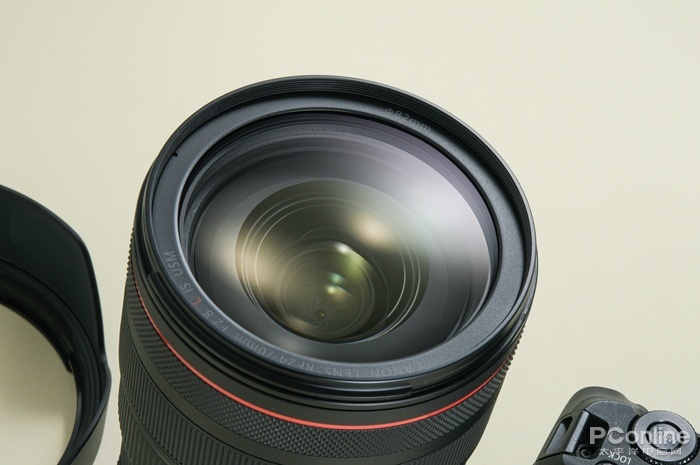
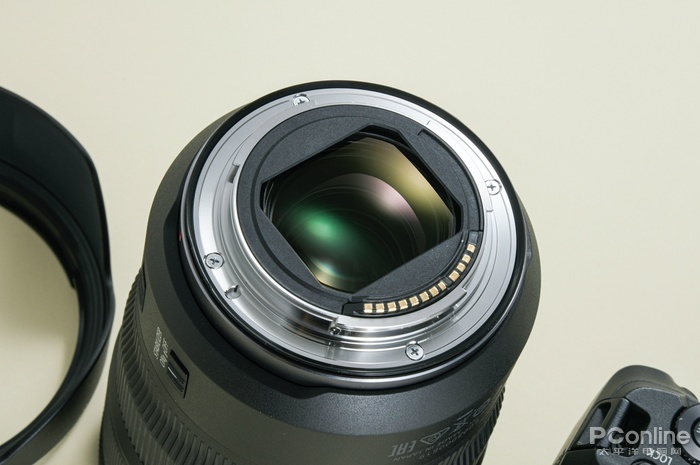
Canon RF24-70mm F2.8 L IS USM lens uses 15 groups of 21 optical design, including 3 GMo (glass molded) aspheric lenses and 3 UD lenses, which can well compensate spherical aberration, chromatic aberration and so on. ASC coating is also used to effectively suppress glare and ghosts. The front and rear lenses are coated with anti-fouling fluorine, as well as waterproof and dustproof structure, which can easily cope with the harsh shooting environment.
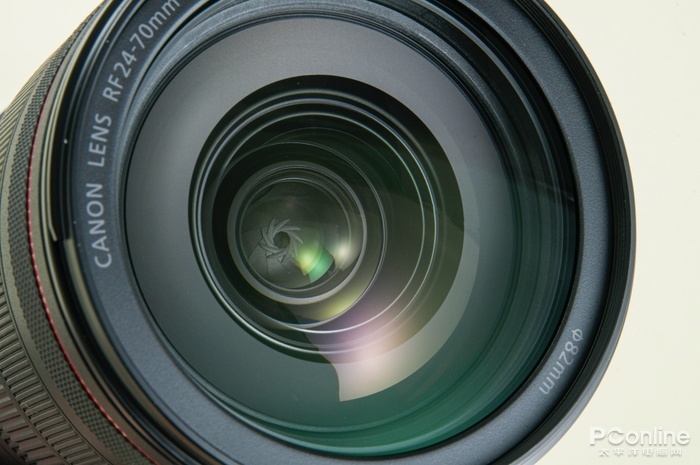
Nine aperture leaves can be used to photograph a beautiful round virtual spot, with a maximum F2.8 aperture and a minimum F22 aperture, using a 82mm filter.
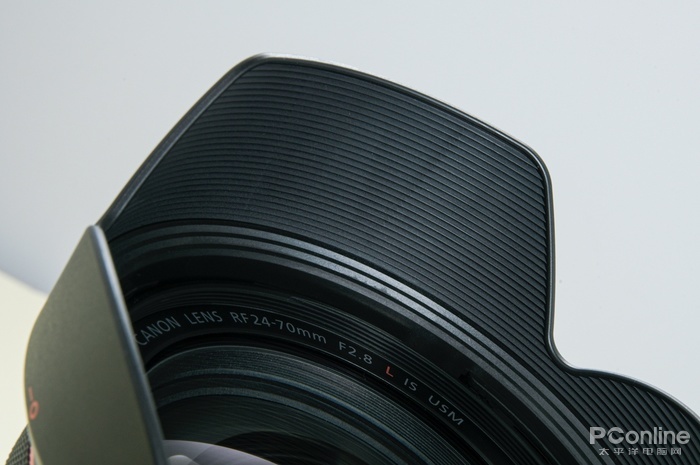

The attached sunshade uses a threaded anti-reflection design to reduce the secondary refraction of light. For scenes such as large backlighting, the photos taken are still very clear, and the glare ghost problem can be effectively suppressed. Generally speaking, this Canon RF24-70mm F2.8 L IS USM lens with EOS R body is quite suitable, with the double cooperation of large aperture and IS image stabilizer. Can deal with wedding dress, portrait, street shooting, scenery and other very rich shooting themes, a wide range of uses. Let’s do a detailed objective data test on this lens.
.
In this test, Canon EOS R fuselage with RF24-70mm F2.8 L IS USM lens is used, all internal optimization settings are turned off, ISO sensitivity is 100, Av file is used to shoot each aperture, and the center and edge are intercepted for sharpness testing. the results are as follows:
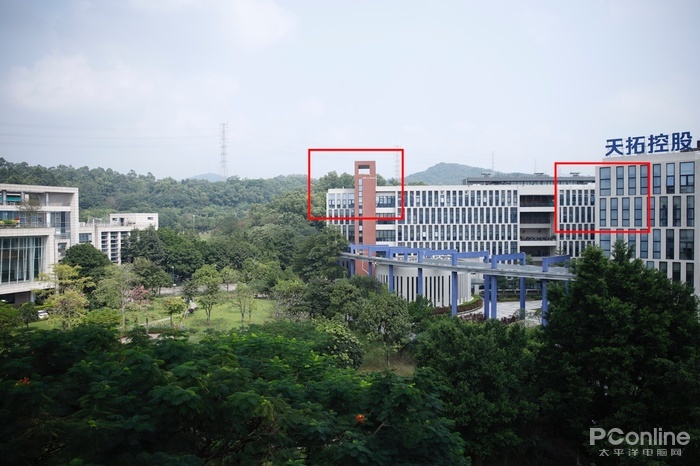
The table below is a screenshot of the position of the red box.
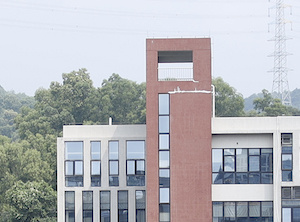

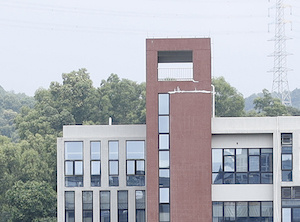

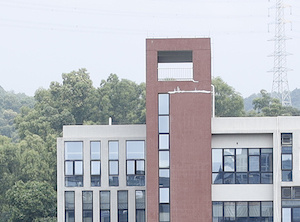

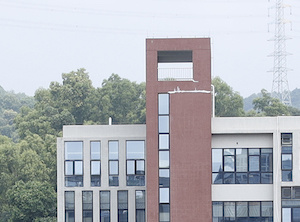

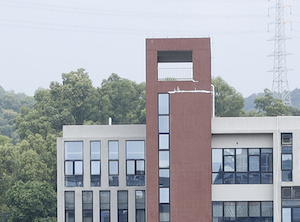

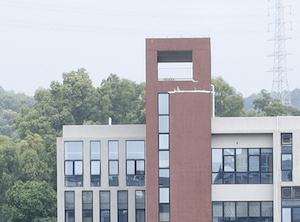

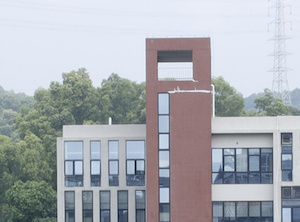

The performance is good at the wide-angle 24mm end, the sharpness of the full-open F2.8 is the best, and the image quality is the best when the aperture shrinks to F8, until the resolution begins to decline after the F11 aperture, the overall image quality is very high, and the image of the center and edge is almost the same. Let’s take a look at the performance of the 70mm telephoto end.
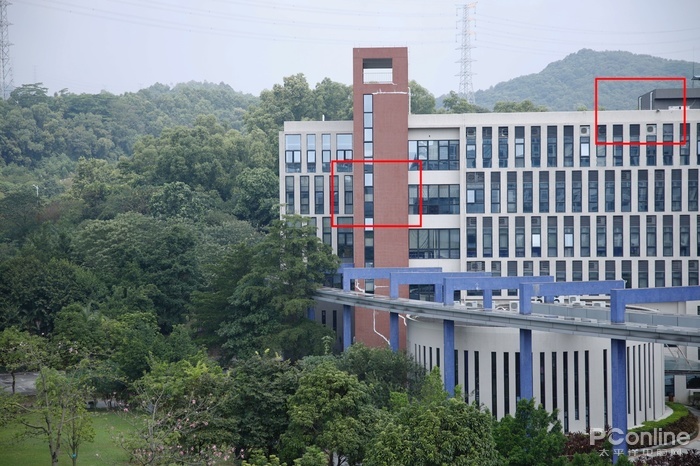
The table below is a screenshot of the position of the red box.
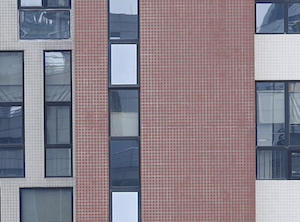
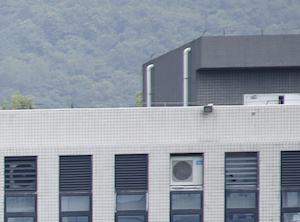
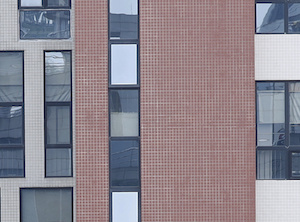
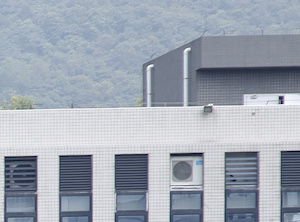
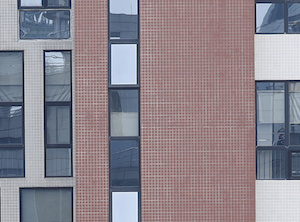
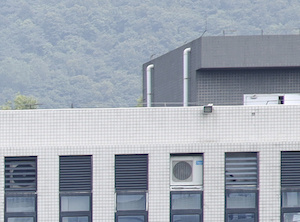
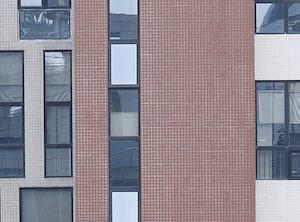
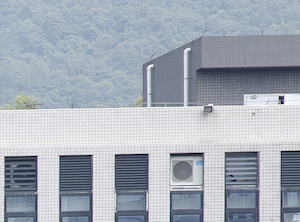
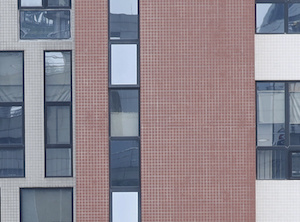
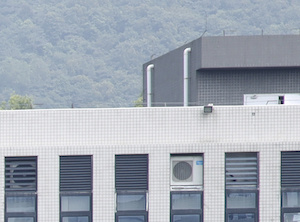
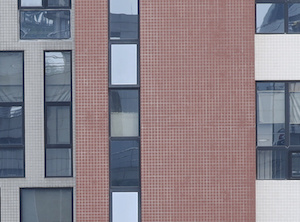
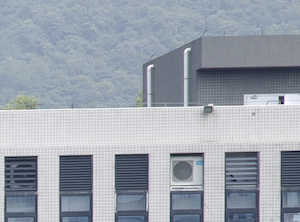
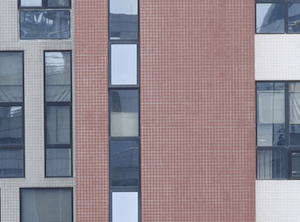
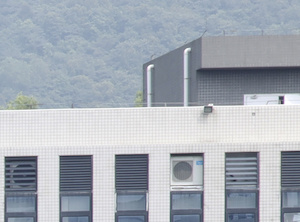
In the 70mm telephoto end, the full aperture F2.8 sharpness is good, the best aperture is still F8, but also after the F11 aperture, the resolution begins to decline, but the overall picture quality is still very high, worthy of a professional lens, radiating new light under the RF card.
.
Pointing the lens at the light source can effectively test the level of backlight shooting and whether it can effectively suppress glare ghosts. here are the test results:
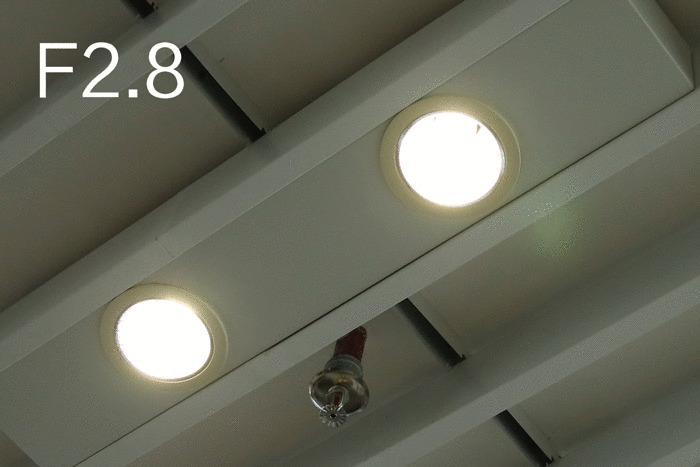
From the above dynamic picture, we can see that the performance of Canon RF24-70mm F2.8 L IS USM lens under each aperture is still good, with the further reduction of the aperture, there is no sign of an increase in glare ghosts. It seems that ASC coating and UD ultra-low dispersion lenses play a very important role, especially for near-vertical incident light, which can effectively play an anti-reflection role.














Canon RF24-70mm F2.8 L IS USM lens dark angle performance is good, when the aperture shrinks to F5.6, you can hardly see the dark angle, if the full aperture can be optimized or later adjusted, the dark angle problem can be solved.


In terms of lens distortion, there is a barrel distortion at the wide-angle 24mm end. In the GIF motion picture, we can see that the optimization in the machine can restore the picture to normal, and the dark angle will disappear. Similarly, at the end of the telephoto 70mm, there is a pillow-shaped distortion. On the whole, it is not a fatal defect. I can’t help but sigh that the development of science and technology can still glow and glow on digital cameras.
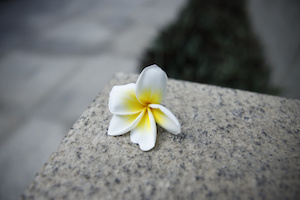

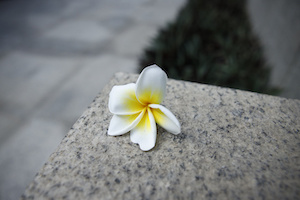



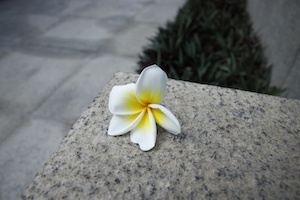

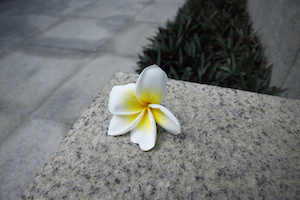

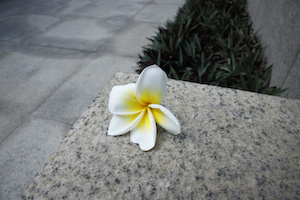
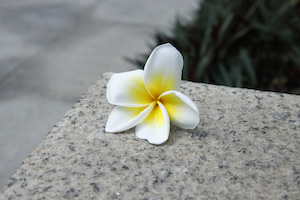
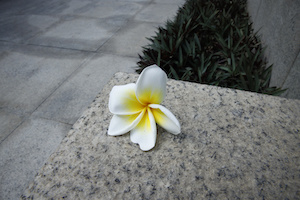
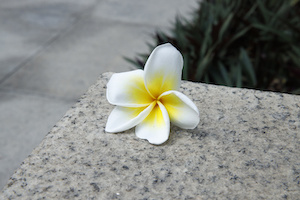
The virtual background of Canon RF24-70mm F2.8 L IS USM lens is very beautiful, there is no obvious bilinear, and the actual shooting is also very good, the transition between virtual and real is very natural, we can see that its optical quality is very high.
The objective data above already know that the performance of the Canon RF24-70mm F2.8 L IS USM lens is powerful, so let’s take a look at the sample in the actual shooting.








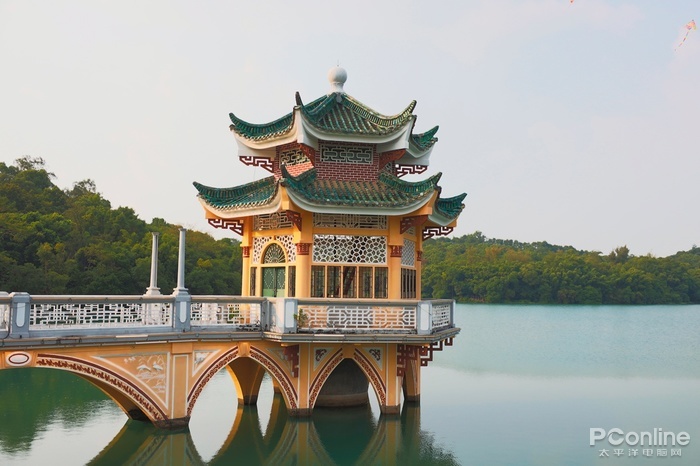
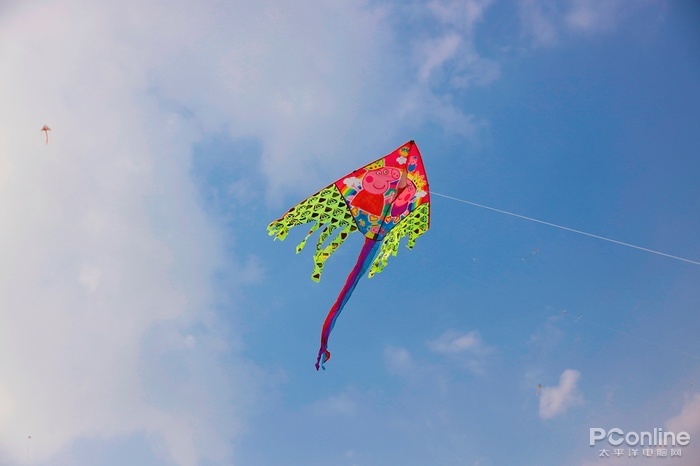
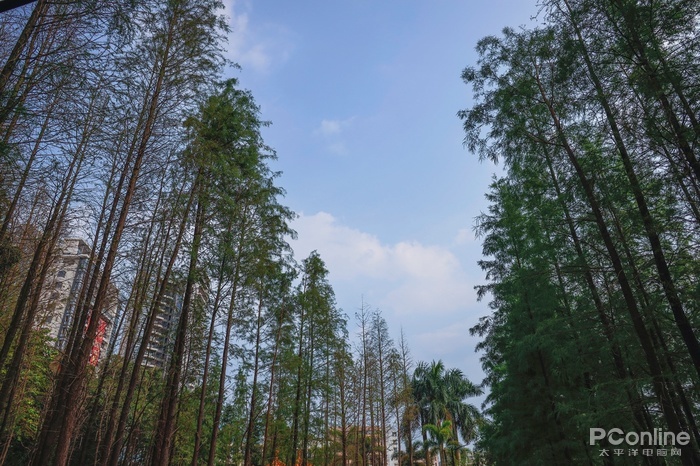
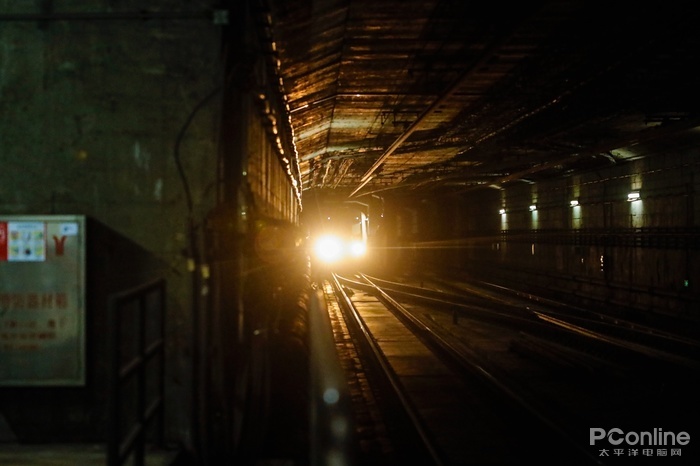
Canon RF24-70mm F2.8 L IS USM lens color performance is very good, whether outdoor or indoor can cope with, large aperture and telephoto background is particularly good-looking, is a very professional and comprehensive standard zoom lens, large aperture brings virtual and low ISO sensitivity, so that the picture of the photo is more clear.

Overall, this is a very innovative lens, with RF bayonet, custom control ring and IS image stabilization system, more productive than the older generation of EF bayonet, larger aperture means more competent for a variety of photography themes. And the RF card 70-200mm F2.8 L IS USM lens will be released, together with RF15-35mm F2.8 L IS USM to form a new “big three” combination. At present, the retail price of Canon RF24-70mm F2.8 L IS USM lens is 16199 yuan, and the price of the following double 11 will be more favorable. Friends who want to upgrade should not miss it.
 |
Extensive Product Selection● Over 300,000 products ● 20 different categories ● 15 local warehosues ● Multiple top brands |
 |
Convenient Payment● Global payment options: Visa, MasterCard, American Express ● PayPal, Western Union and bank transfer are accepted ● Boleto Bancario via Ebanx (for Brazil) |
 |
Prompt Shipping● Unregistered air mail ● Registered air mail ● Priority line ● Expedited shipping |
 |
Dedicated After-sales Service● 45 day money back guarantee ● 365 day free repair warranty ● 7 day Dead on Arrival guarantee (DOA) |









